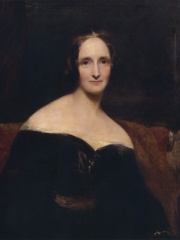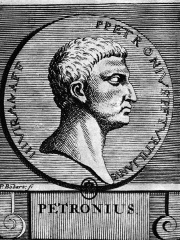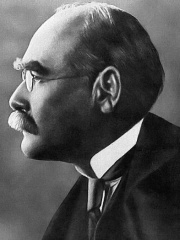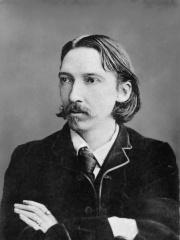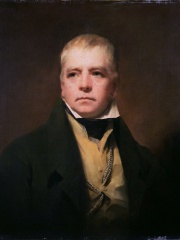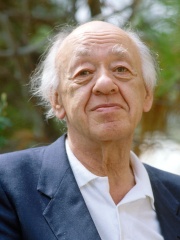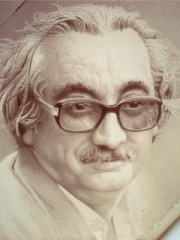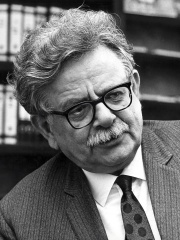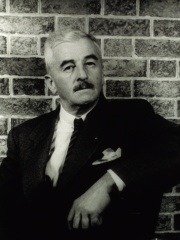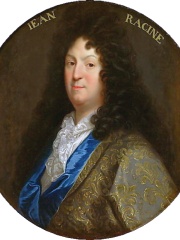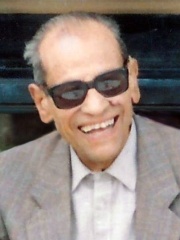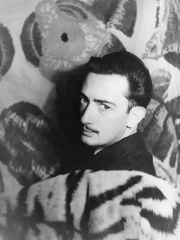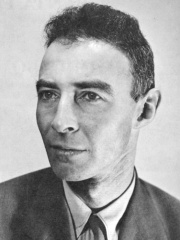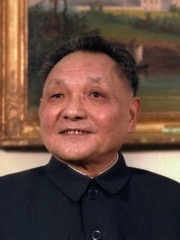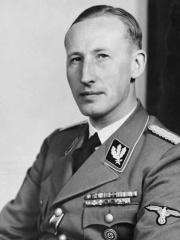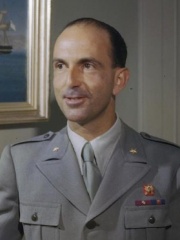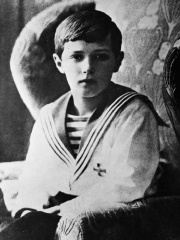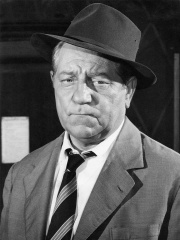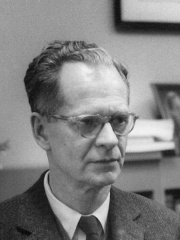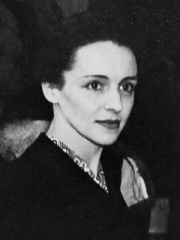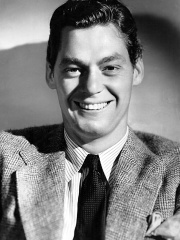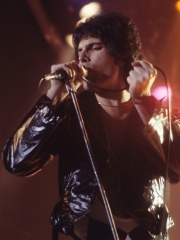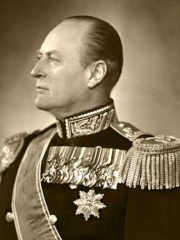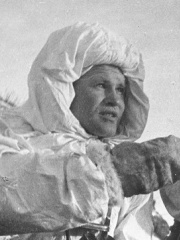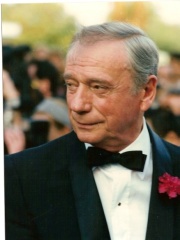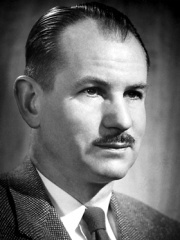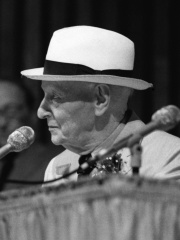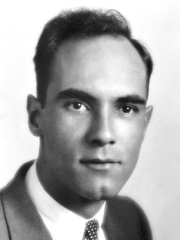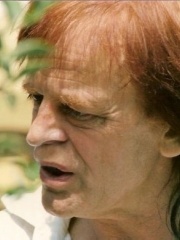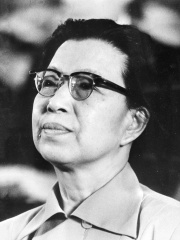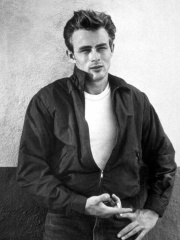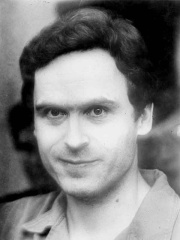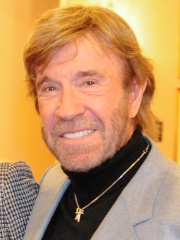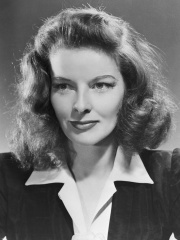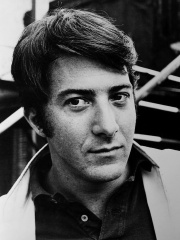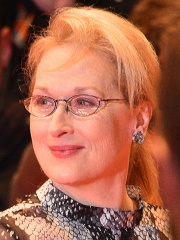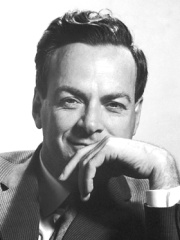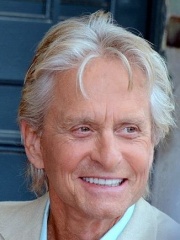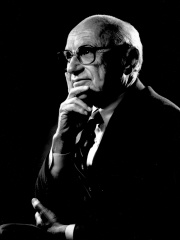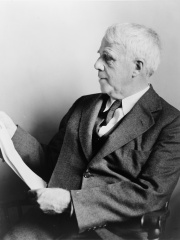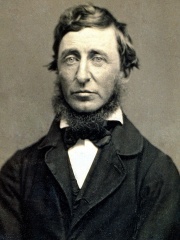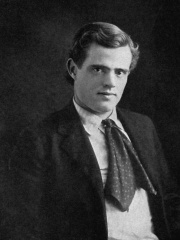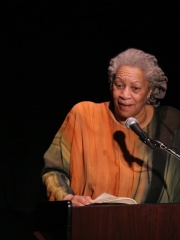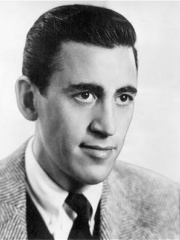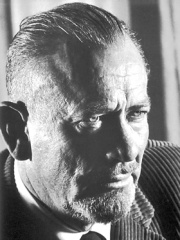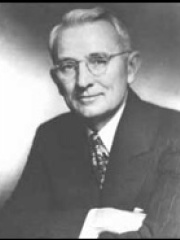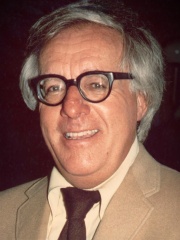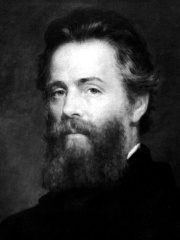WRITER
Dr. Seuss
1904 - 1991
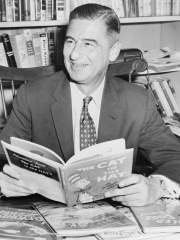
 Dr. Seuss
Dr. Seuss
Theodor Seuss Geisel ( sooss GHY-zəl, zoyss -; March 2, 1904 – September 24, 1991) was an American children's author and cartoonist. He is known for his work writing and illustrating more than 60 books under the pen name Dr. Seuss ( sooss, zooss). Read more on Wikipedia
Since 2007, the English Wikipedia page of Dr. Seuss has received more than 17,037,213 page views. His biography is available in 54 different languages on Wikipedia (up from 50 in 2019). Dr. Seuss is the 145th most popular writer (up from 154th in 2019), the 125th most popular biography from United States (up from 129th in 2019) and the 11th most popular American Writer.
Dr. Seuss is most famous for his children's books, such as "The Cat in the Hat" and "Green Eggs and Ham."
Memorability Metrics
17M
Page Views (PV)
74.61
Historical Popularity Index (HPI)
54
Languages Editions (L)
13.87
Effective Languages (L*)
2.19
Coefficient of Variation (CV)
Notable Works
Among WRITERS
Among writers, Dr. Seuss ranks 145 out of 7,302. Before him are Boris Pasternak, Mary Shelley, Petronius, Rudyard Kipling, Robert Louis Stevenson, and Walter Scott. After him are Eugène Ionesco, Joan Fuster, Elias Canetti, William Faulkner, Jean Racine, and Naguib Mahfouz.
Most Popular Writers in Wikipedia
Go to all RankingsBoris Pasternak
1890 - 1960
HPI: 75.07
Rank: 139
Mary Shelley
1797 - 1851
HPI: 75.07
Rank: 140
Petronius
27 - 66
HPI: 75.00
Rank: 141
Rudyard Kipling
1865 - 1936
HPI: 74.89
Rank: 142
Robert Louis Stevenson
1850 - 1894
HPI: 74.84
Rank: 143
Walter Scott
1771 - 1832
HPI: 74.63
Rank: 144
Dr. Seuss
1904 - 1991
HPI: 74.61
Rank: 145
Eugène Ionesco
1909 - 1994
HPI: 74.53
Rank: 146
Joan Fuster
1922 - 1992
HPI: 74.49
Rank: 147
Elias Canetti
1905 - 1994
HPI: 74.48
Rank: 148
William Faulkner
1897 - 1962
HPI: 74.47
Rank: 149
Jean Racine
1639 - 1699
HPI: 74.42
Rank: 150
Naguib Mahfouz
1911 - 2006
HPI: 74.38
Rank: 151
Contemporaries
Among people born in 1904, Dr. Seuss ranks 6. Before him are Salvador Dalí, J. Robert Oppenheimer, Deng Xiaoping, Pablo Neruda, and Reinhard Heydrich. After him are Umberto II of Italy, Alexei Nikolaevich, Tsarevich of Russia, Jean Gabin, B. F. Skinner, Ève Curie, and Johnny Weissmuller. Among people deceased in 1991, Dr. Seuss ranks 3. Before him are Freddie Mercury, and Olav V of Norway. After him are Vasily Zaitsev, Yves Montand, Serge Gainsbourg, Edwin McMillan, Isaac Bashevis Singer, Carl David Anderson, Klaus Kinski, Jiang Qing, and Klaus Barbie.
Others Born in 1904
Go to all RankingsSalvador Dalí
PAINTER
1904 - 1989
HPI: 86.32
Rank: 1
J. Robert Oppenheimer
PHYSICIST
1904 - 1967
HPI: 80.15
Rank: 2
Deng Xiaoping
POLITICIAN
1904 - 1997
HPI: 79.00
Rank: 3
Pablo Neruda
WRITER
1904 - 1973
HPI: 77.88
Rank: 4
Reinhard Heydrich
POLITICIAN
1904 - 1942
HPI: 77.24
Rank: 5
Dr. Seuss
WRITER
1904 - 1991
HPI: 74.61
Rank: 6
Umberto II of Italy
POLITICIAN
1904 - 1983
HPI: 72.93
Rank: 7
Alexei Nikolaevich, Tsarevich of Russia
NOBLEMAN
1904 - 1918
HPI: 72.78
Rank: 8
Jean Gabin
ACTOR
1904 - 1976
HPI: 70.67
Rank: 9
B. F. Skinner
PSYCHOLOGIST
1904 - 1990
HPI: 69.74
Rank: 10
Ève Curie
WRITER
1904 - 2007
HPI: 69.72
Rank: 11
Johnny Weissmuller
SWIMMER
1904 - 1984
HPI: 69.12
Rank: 12
Others Deceased in 1991
Go to all RankingsFreddie Mercury
MUSICIAN
1946 - 1991
HPI: 83.76
Rank: 1
Olav V of Norway
POLITICIAN
1903 - 1991
HPI: 77.72
Rank: 2
Dr. Seuss
WRITER
1904 - 1991
HPI: 74.61
Rank: 3
Vasily Zaitsev
MILITARY PERSONNEL
1915 - 1991
HPI: 73.20
Rank: 4
Yves Montand
ACTOR
1921 - 1991
HPI: 72.60
Rank: 5
Serge Gainsbourg
SINGER
1928 - 1991
HPI: 72.48
Rank: 6
Edwin McMillan
CHEMIST
1907 - 1991
HPI: 72.31
Rank: 7
Isaac Bashevis Singer
WRITER
1902 - 1991
HPI: 72.00
Rank: 8
Carl David Anderson
PHYSICIST
1905 - 1991
HPI: 70.66
Rank: 9
Klaus Kinski
ACTOR
1926 - 1991
HPI: 70.46
Rank: 10
Jiang Qing
POLITICIAN
1914 - 1991
HPI: 69.75
Rank: 11
Klaus Barbie
MILITARY PERSONNEL
1913 - 1991
HPI: 69.72
Rank: 12
In United States
Among people born in United States, Dr. Seuss ranks 125 out of 20,380. Before him are James Dean (1931), Ted Bundy (1946), Barack Obama (1961), Chuck Norris (1940), Katharine Hepburn (1907), and Dustin Hoffman (1937). After him are Meryl Streep (1949), Douglas MacArthur (1880), Richard Feynman (1918), Michael Douglas (1944), William Faulkner (1897), and Milton Friedman (1912).
Others born in United States
Go to all RankingsJames Dean
ACTOR
1931 - 1955
HPI: 74.84
Rank: 119
Ted Bundy
EXTREMIST
1946 - 1989
HPI: 74.79
Rank: 120
Barack Obama
POLITICIAN
1961 - Present
HPI: 74.79
Rank: 121
Chuck Norris
ACTOR
1940 - Present
HPI: 74.72
Rank: 122
Katharine Hepburn
ACTOR
1907 - 2003
HPI: 74.69
Rank: 123
Dustin Hoffman
ACTOR
1937 - Present
HPI: 74.68
Rank: 124
Dr. Seuss
WRITER
1904 - 1991
HPI: 74.61
Rank: 125
Meryl Streep
ACTOR
1949 - Present
HPI: 74.57
Rank: 126
Douglas MacArthur
MILITARY PERSONNEL
1880 - 1964
HPI: 74.55
Rank: 127
Richard Feynman
PHYSICIST
1918 - 1988
HPI: 74.54
Rank: 128
Michael Douglas
ACTOR
1944 - Present
HPI: 74.54
Rank: 129
William Faulkner
WRITER
1897 - 1962
HPI: 74.47
Rank: 130
Milton Friedman
ECONOMIST
1912 - 2006
HPI: 74.33
Rank: 131
Among WRITERS In United States
Among writers born in United States, Dr. Seuss ranks 11. Before him are Mark Twain (1835), Robert Frost (1874), Henry David Thoreau (1817), Jack London (1876), Toni Morrison (1931), and Stephen King (1947). After him are William Faulkner (1897), J. D. Salinger (1919), John Steinbeck (1902), Dale Carnegie (1888), Ray Bradbury (1920), and Herman Melville (1819).
Mark Twain
1835 - 1910
HPI: 80.08
Rank: 5
Robert Frost
1874 - 1963
HPI: 78.77
Rank: 6
Henry David Thoreau
1817 - 1862
HPI: 77.62
Rank: 7
Jack London
1876 - 1916
HPI: 77.53
Rank: 8
Toni Morrison
1931 - 2019
HPI: 77.48
Rank: 9
Stephen King
1947 - Present
HPI: 76.74
Rank: 10
Dr. Seuss
1904 - 1991
HPI: 74.61
Rank: 11
William Faulkner
1897 - 1962
HPI: 74.47
Rank: 12
J. D. Salinger
1919 - 2010
HPI: 73.17
Rank: 13
John Steinbeck
1902 - 1968
HPI: 73.11
Rank: 14
Dale Carnegie
1888 - 1955
HPI: 72.95
Rank: 15
Ray Bradbury
1920 - 2012
HPI: 72.43
Rank: 16
Herman Melville
1819 - 1891
HPI: 71.88
Rank: 17

